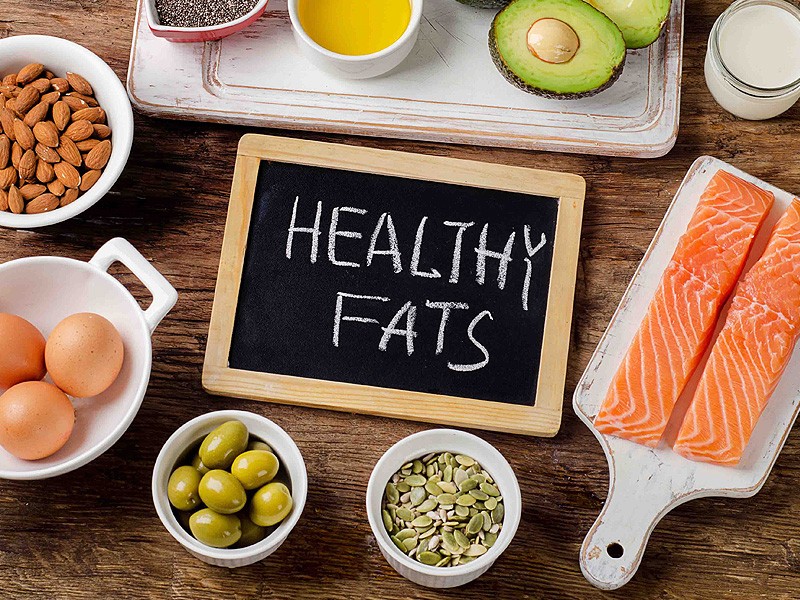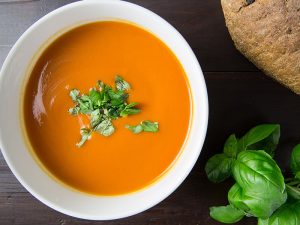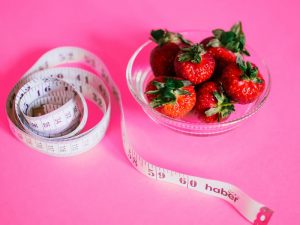When you’re cooking on a diet, it’s important to learn about all aspects of the food you’re consuming. This includes learning which fats are good for you and which fats aren’t. But, wait – how can any fat be good for you?
Despite what certain health sites claim, we do all need a bit of fat in our diets. There are several different ways for you to integrate this somewhat essential ingredient into your food. But how? What’s the right type of fat to cook with?
Let’s take a look.
What’s the Impact of Fat on Your Body?
Fat is a type of food, just like any other. It provides your body with the energy you need to go throughout your day. It even protects your brain.
There are some types of fats, however, that are more likely to compromise your health than protect it. These types of fats – trans fats and saturated fats – clog up your arteries and force you to gain weight. Comparatively, “good fats,” like omega-3s and unsaturated fats, are fats that improve your health.
It’s not always easy to tell the difference. That’s why we’ve put together a list of which fats will improve your health and which ones may leave you lethargic. With this information, you can better assess your energy levels, your cooking ingredients, and how to manage your diet properly.
What Are Good Fats?
Generally speaking, you’ll want to try and incorporate mono-unsaturated fats and polyunsaturated fats into your diet. These fats will strengthen your heart, lower your cholesterol, and improve your health overall.
Where can you find them? Sources of mono-unsaturated fats include:
- Olive oil
- Canola oil
- Peanut oil
- Sesame oil
- Avocados
- Olives
- Most kinds of nuts
- Peanut butter
Sources of polyunsaturated fats include:
- Sunflower seeds
- Sesame seeds
- Pumpkin seeds
- Flaxseed
- Walnuts
- Most types of fish
- Fish oil
Based on this list, not only do you have a fair number of oils to work with while cooking, but there’s a reasonable amount of delicious food that you can still enjoy while remaining healthy.
What Are Bad Fats?
For every good fat, there must be a bad fat. Trans fats are among those which threaten the health of your heart, raise your cholesterol, and generally compromise your wellbeing. Unfortunately, they’re also some of the most delicious fats available.
Foods that utilize trans fats include:
- Pastries
- Cookies
- Donuts
- Muffins
- Cakes
- Pizza dough
- Snack food that’s been pre-packaged
- Fried foods
- Vegetable oil
Did your stomach just cry? So did ours. Unfortunately, to lose weight and improve your health, you’re going to need to limit the amount of trans fat you take in. You’ll also need to limit the amount of saturated fat you eat.
What should you look out for? Sources of saturated fat include:
- Red meat
- Chicken skin
- Whole-fat dairy
- Butter
- Ice cream
- Lard
- Coconut oil
- Palm oil
Like we said, many of the staple foods that the traditional American diet relies on include saturated fats. The good news is? You don’t have to remove these foods from your diet entirely. Try to keep your consumption of them down below 20 percent of your diet, and you’ll be looking good.
Conclusion
Learning to eat well is a difficult process. However, you don’t need to cut all of the staples out of your life. Keep an eye on what you eat and try to substitute old favorites for healthier options when you can. Both your heart and your waistline will thank you for your efforts.




